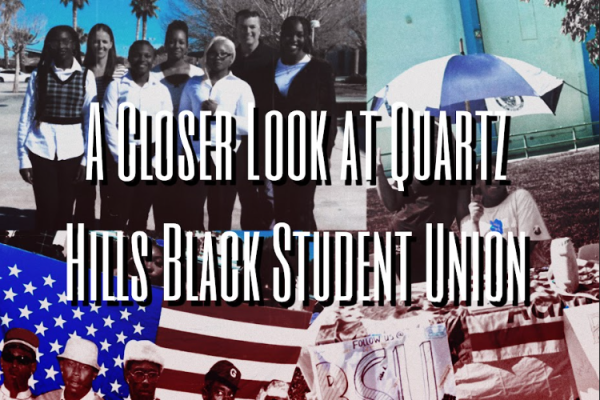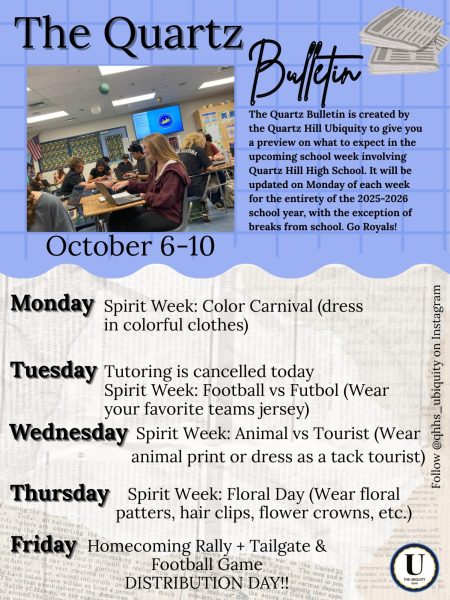The Lone-Star State: Life Post Pandemic
After twelve months, the U.S. is finally approaching a long-anticipated transition to normalcy. As has been for the entirety of the pandemic, states are individually drafting up their plans to return to the world pre-pandemic. While schools are starting to offer blended learning in California and vaccinations are helping COVID cases reach new lows, other states have jumped the gun and are operating at total capacity and mask-less. Among the most notorious of these states is Texas, whose last few weeks fighting against snowstorms and its governor’s latest action on the pandemic have caught the attention of the national public.
In the early days of March, Texas Governor Greg Abbott announced that Texas’s mask mandate, which had been in effect for eight months, would expire by March 10. Simultaneously, businesses would be allowed to operate at full capacity, ending the protection measures that reduced building capacity and encouraged social distancing. In his statement to the press, Abbott argued that “Texas is in a far better position now,” citing the decreased hospitalization rates, test positives, and increased vaccinations as all signs to move forward with the transition to normalcy. However, the governor received immediate push-back from other state leaders, with the Mayor of San Antonio Ron Nirenburg tweeting out, “Opening everything to 100% while simultaneously nixing our state’s mask mandate is a huge mistake.” Meanwhile, the Texas Democratic Party took to criticizing Abbott in a statement by Party Chair Gilberto Hinojosa: “On this Texas Independence Day, once again Abbott’s actions are made independent of logic or reason.” Statewide, residents urged their communities to continue following CDC protocols and wearing their masks. Still, without any laws to enforce their pleas, it will be left up to every individual whether they will follow-through on these protective measures.
Abbott’s orders, however, are not absolute. Private businesses still have the power to enforce mask-wearing within their property and operate at limited capacities. State law courts have some control over COVID protections in at-risk communities. The order allows county judges to limit business capacity by up to 50% in areas where COVID cases make up 15% of all hospitalization rates for seven consecutive days. Though, even then, judges and mayors cannot enforce a mask mandate over their respective regions.
Despite the lift on the mask mandate, many businesses are not taking up the opportunity to operate as they did pre-pandemic. Companies including H-E-B, Macy’s, Costco, Targets, certain Wal-Marts, and Starbucks maintain their mask mandates. Perhaps paradoxically, the Governor’s new orders have encouraged private businesses to practice stricter COVID regulations to replace the lack of legal support.
Michelle Kalu, a high school senior in Houston, Texas, reported that stores are mandating masks in order to enter, and employees are also demanding proper mask-wearing (with the cover above the nose) more strictly than before. Keyla Ramirez, a high school senior in Dallas, Texas, shares a similar experience in the individual enforcement of masks within businesses. As a fast-food employee, though, she has also noted more aggressive encounters with customers who would like to enter the store without a cover. Meanwhile, Maggie Salinas, who lives in the borderland between New Mexico and Texas, has experienced Wal-Mart runs where other customers did not wear masks. And, the store being as large as it is, employees avoided confrontations with these customers. Salinas, however, shares that in the small store they work at, their coworkers can keep maskless clients out.
While Texas’s Governor seems to have given the green flag for unregulated interactions and maskless gatherings, many Lone-Star residents have taken it upon themselves to keep their communities safe when the laws will not. The results of Abbott’s orders will take a few weeks to analyze thoroughly, but with the resilience of small Texan communities, there is a chance that COVID rates will not spike following the lift on pandemic precautions.

In one word, I describe myself as colorful. I adore watching sunrises and sunsets, reading books by candlelight, going on picnics with the stereotypical...







